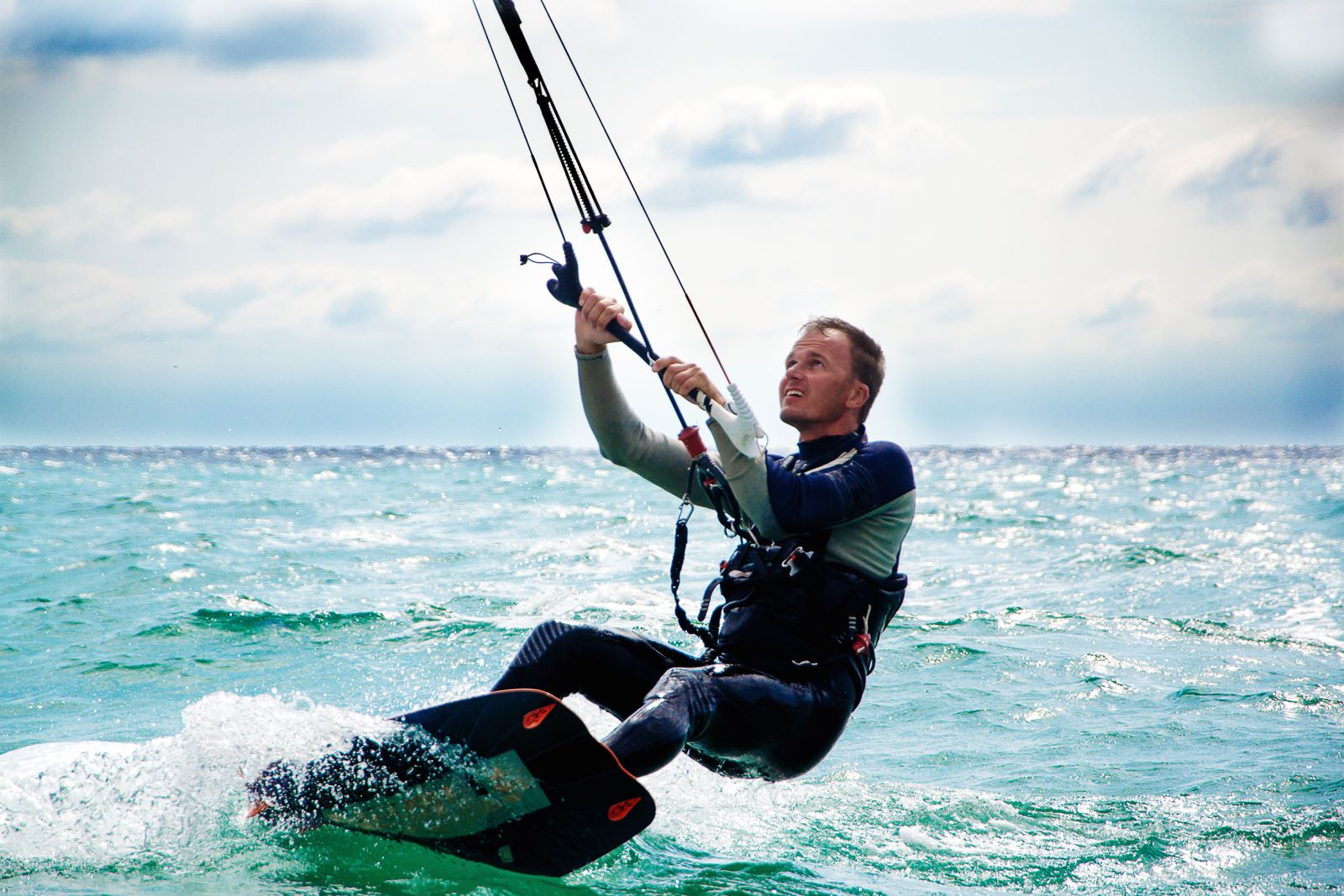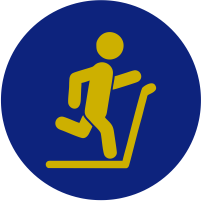Kiteboarding Injuries & Prevention
Common Kiteboarding Injuries

Kiteboarding accidents can be dangerous and even deadly. Because riders are harnessed by the power of the wind, there are some risks kiteboarders have to take into consideration.
When you’re strapped to a kite, you should know what you’re doing. For example: have you learned to unhook when unexpected events like strong wind gusts happen?
There’s a lot going on while riding a kite. And when you progress and think you’ve mastered the art of kiteboarding, big airs end up in the hospital. It’s not inevitable, but it is part of the game.
Kiteboarders often fall off or crash into the water and collide with obstacles including rocks, boats, buildings, and other water sports enthusiasts.
Frequent Causes for Kiteboarding Injuries
The most frequent causes of kiteboarding accidents are:
Kite launch
Loss of kite control
Collision against obstacles and riders
Crashes into the water
Overconfidence
Misinterpretation of the wind conditions
Incorrect kite line installation
Landing jumps and big airs
In 2016, the Department of Orthopedic and Trauma Surgery at Royal Perth Hospital published a study on kite injuries and concluded that the number of accidents in kiteboarding is comparable to those seen in recreational skiing.
Explore the most common mistakes in kiteboarding, learn how to avoid collisions between kiteboarders, and take a look at the right of way rules in kiteboarding.
Common Injuries
Like in windsurfing, surfing and any other sport, kiteboarding has its list of common injuries. Some of them will not require special medical attention, but there are a few ones that might get you in the surgery room.
Despite the technological advances in the equipment, there are still many riders who don’t know how to operate a kite and its gear. Therefore, when they are confronted with unstable weather patterns, and overpowering, they lose the control of their wings, and suffer injuries.
Kiteboarders must know how to prevent accidents and injuries. They should be aware of their limits, prepare physically and mentally for each session and use protection equipment such as helmets and life jackets.
According to specialists, there is significant stress placed on the musculoskeletal and physiological systems of kiteboarders.
- The foot, ankle and the knee: Injuries in this region occur when the rider is thrown from the board or the board is twisted under the rider by the force of a landing or by a wave.
The head: Most head injuries occurred in those not wearing a helmet and wearing a board-leash which resulted in the board being jerked back into the head. - Neck injuries include whiplash to muscle strain.
- Back pain/strain often occurred from pumping up the kite but may extend to spinal fractures from shore landing.
- The chest/ trunk
- The upper extremity: Injuries here range from simple overuse, tennis elbow or epicondylosis to shoulder dislocations.
Safety Tips for Kiteboarding
- Always use a kite leash. The kite’s leash is the primary safety device. …
- Know your safety systems. …
- Never fly over non-participants. …
- Never use a board leash. …
- Do not jump over obstacles. …
- Look before you jump. …
- Keep a safety buffer. …
- Avoid bad weather.
Our team is here for you
We offer the best, least invasive and least aggressive options to relieve your pain and symptoms so you can get back to the life you love. Atlantic Orthopaedic Specialists Sports Medicine Care Center has convenient locations in Virginia Beach, Norfolk and Chesapeake.



